A documentary about the legendary cinematographer invites you to relive the artistry of the New Hollywood’s greatest visual poet.
For any true-blue movie buff, cinematography is actually a sexy subject — it’s not just about how movies look, it’s about how they flow and feel, about how they live inside our mind’s eye. “Close Encounters with Vilmos Zsigmond,” a French-made documentary that explores the life and artistry of one of the virtuoso founding fathers of contemporary cinematography, the Hungarian-born neorealist Vilmos Zsigmond (who died, at 85, this past January), has some lively and resonant anecdotes that testify to what the highly cultivated craft of lensing a movie is really all about.
Peter Fonda, who hired Zsigmond early in his Hollywood career to shoot a film that Fonda was directing, “The Hired Hand” (1971), recalls how he showed John Ford’s “My Darling Clementine” to Zsigmond several times, all to draw attention to one interior shot in which it was all too obvious that the lighting was done by lamps. His message to Zsigmond: Never give me a shot like that. And Jerry Schatzberg, director of the landmark eccentric buddy road movie “Scarecrow” (one of two films to take the Palme d’Or at Cannes in 1973), talks about how Zsigmond’s concept for the film was, at the outset, totally different from his. It was the expatriate cinematographer’s idea that they should shoot Al Pacino and Gene Hackman against found backdrops of “beautiful” Americana, a decision that Schatzberg went with and that ultimately became the essence of the film (…)
VARIETY
Owen Gleiberman – Chief Film Critic
MAY 18, 2016
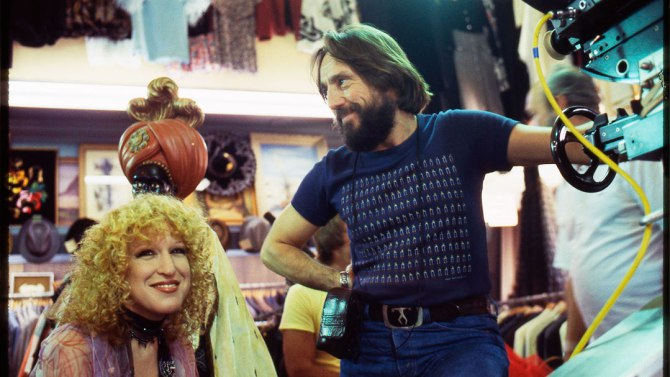
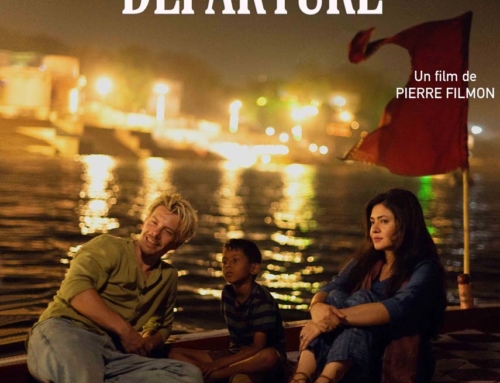
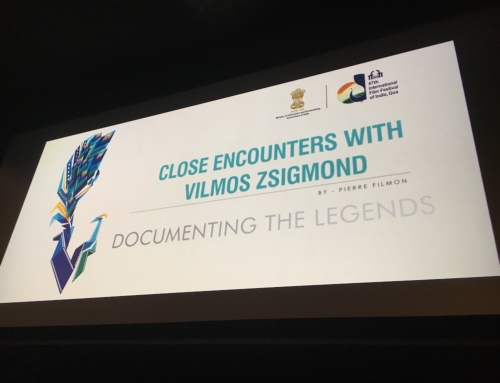
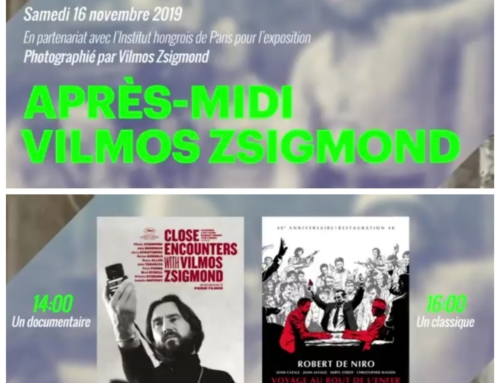

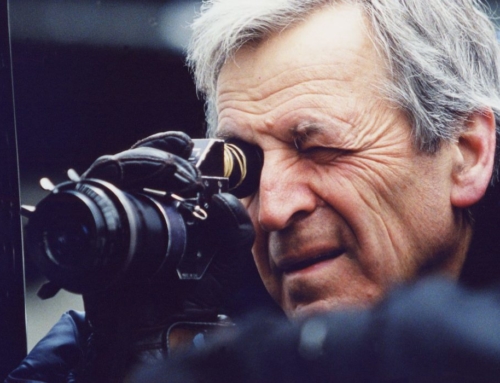

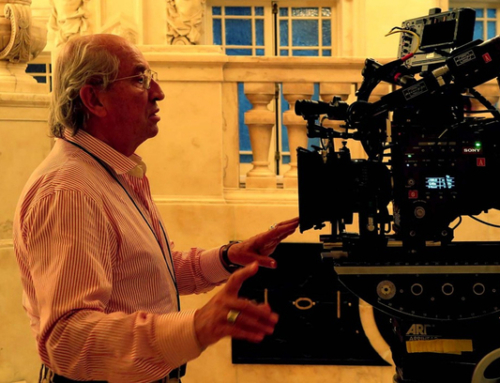


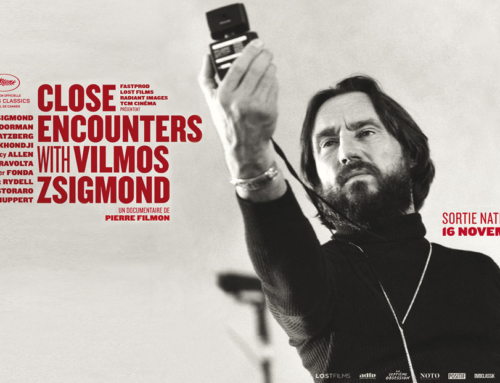
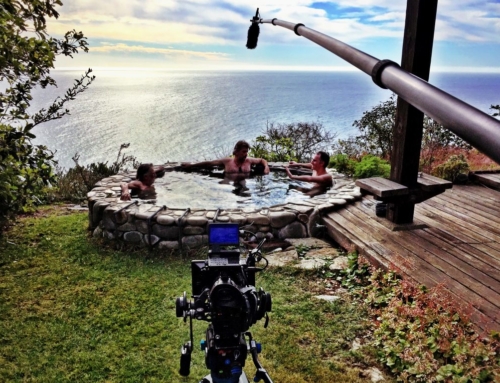











Mes réseaux